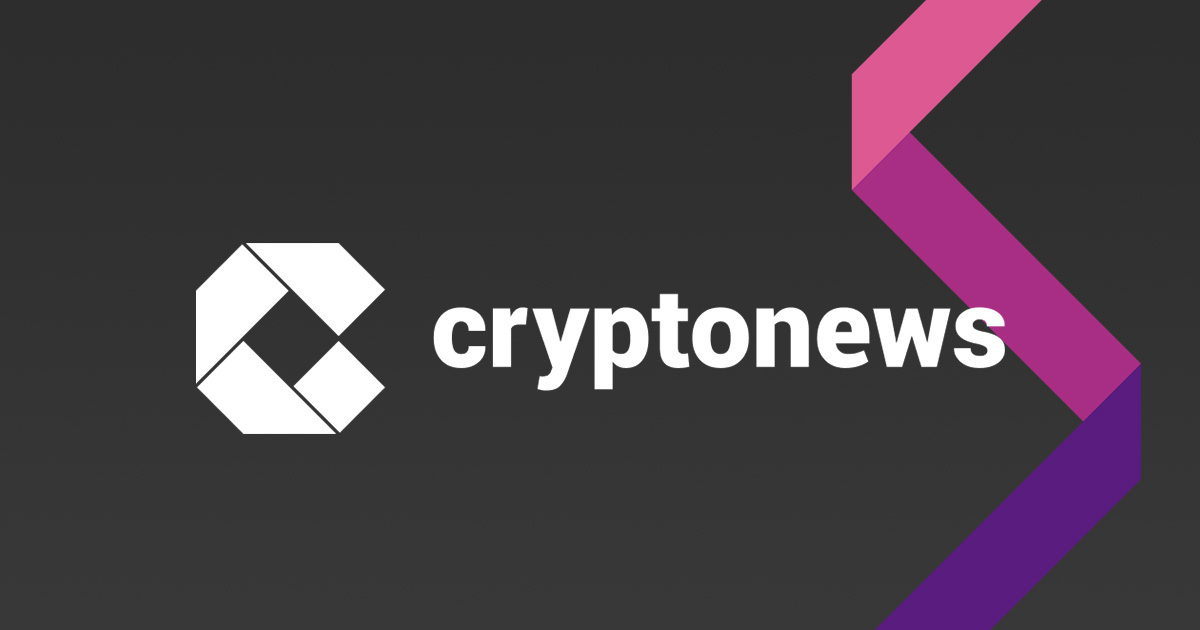Russia Wants Answers: Central Bank To Track Every Crypto Ruble
According to reports, the Bank of Russia is planning a large-scale audit of the nation’s cryptocurrency holdings and activity in early 2026.
The review is described as a broad check that would gather data from banks, crypto firms, miners and tax authorities, and could run during the first two months of 2026. Officials say the goal is to map out unreported flows and loans tied to crypto, but details remain thin.
Audit To Target Banks And Firms
Reports have disclosed the audit would look at investments in crypto by regulated lenders, any lending or financing linked to crypto businesses, and flows through infrastructure providers.
Journalists citing Russian outlets say the central bank plans to cross-reference data from miners, exchanges and the Federal Tax Service to spot gaps between reported activity and actual transfers.
The scope, based on these accounts, could include both on-chain movement and off-balance sheet arrangements that touch banks.
No Official Announcement Seen
Based on available coverage, there is no clear, direct statement from the Bank of Russia posted as a public press release. Most stories trace back to national media summaries and analyst writeups.
That means several important points are uncertain: whether participation by banks and firms would be mandatory; which years or months the audit would cover; and how the central bank defines “crypto holdings” — whether private wallets, foreign accounts, derivatives, or stablecoin exposures are included.
Context And Recent MovesThe check comes while Russia continues to patch together a framework for crypto activity. Reports note a split between agencies: some ministries favor clearer rules and taxation for crypto business, while the central bank appears inclined toward tighter oversight to protect financial stability.
The notification appears just after other significant stories about crypto flows attributed to Russian-affiliated entities — such as the Kremlin-backed crypto coin that transferred $6 billion since US sanctions — raising concerns of large flows and the risk of sanctions evasion.
Implications For Compliance And TaxIf the audit results in a finding of significant unreported holdings or lending, there could be ramifications regarding additional reporting responsibilities for banks and increased capital charges for crypto risk.
The tax authorities may also leverage this knowledge to pursue unreported tax on gains or interest. Market participants say the likely outcome would be more paperwork, greater checks on correspondent relationships, and stronger demands for proof of source of funds when banks deal with crypto firms.
Featured image from Apa.az, chart from TradingView
You May Also Like

Bitcoin Edges Out Gold As Store Of Value For Younger Emerging Market Investors: VanEck’s Sigel

Exclusive: Bitcoin and Gold Converge in Record-Breaking Rally, Expert Explains Why
